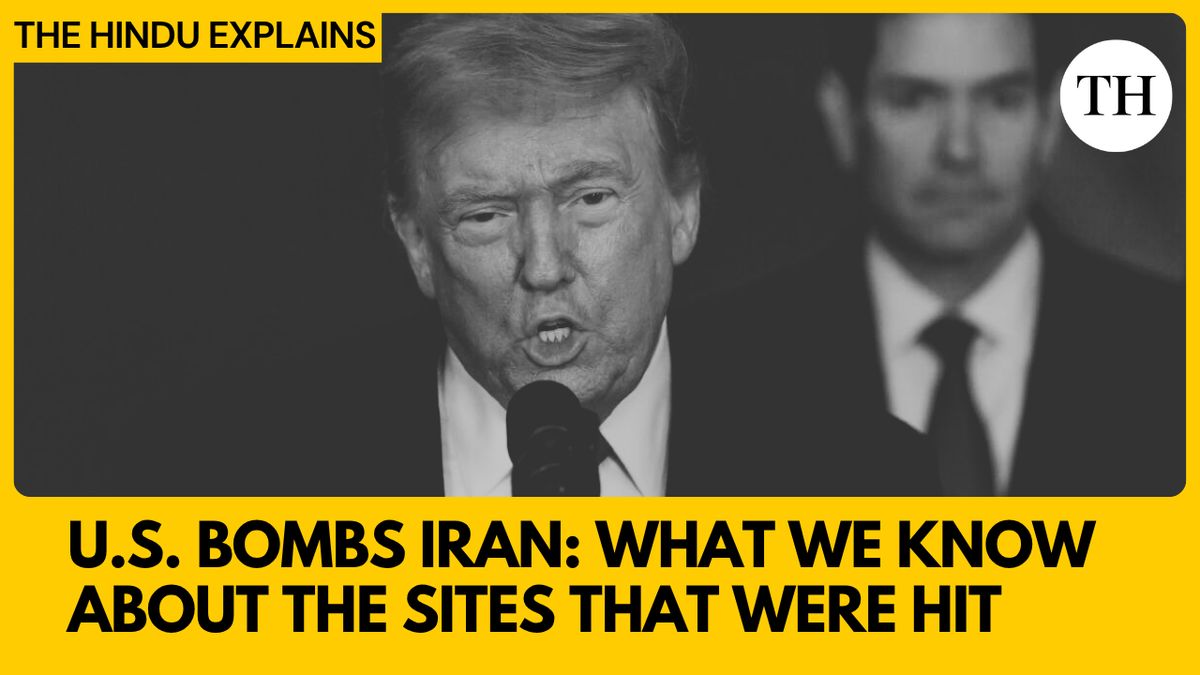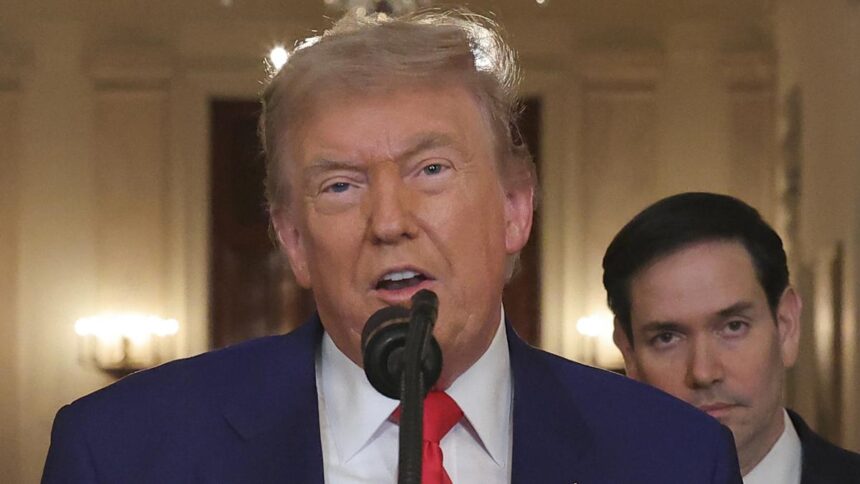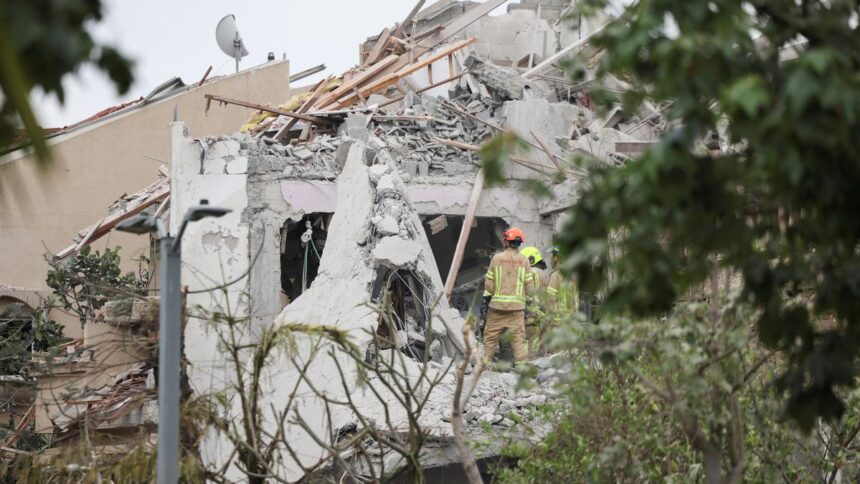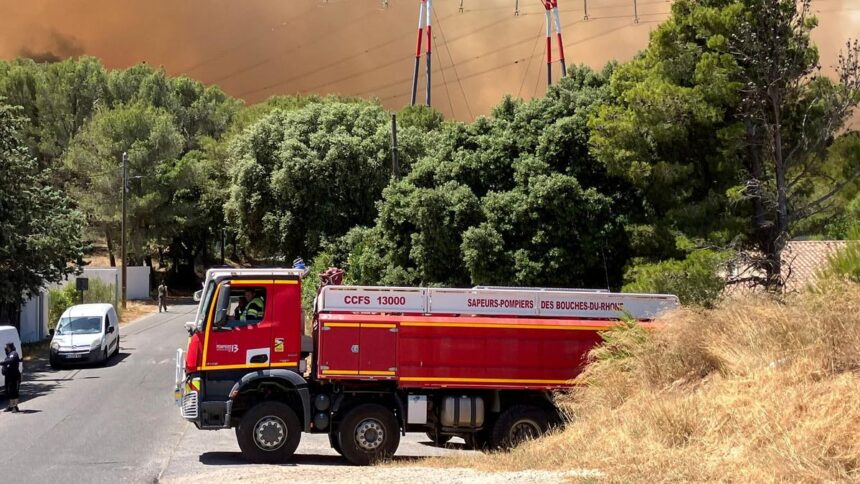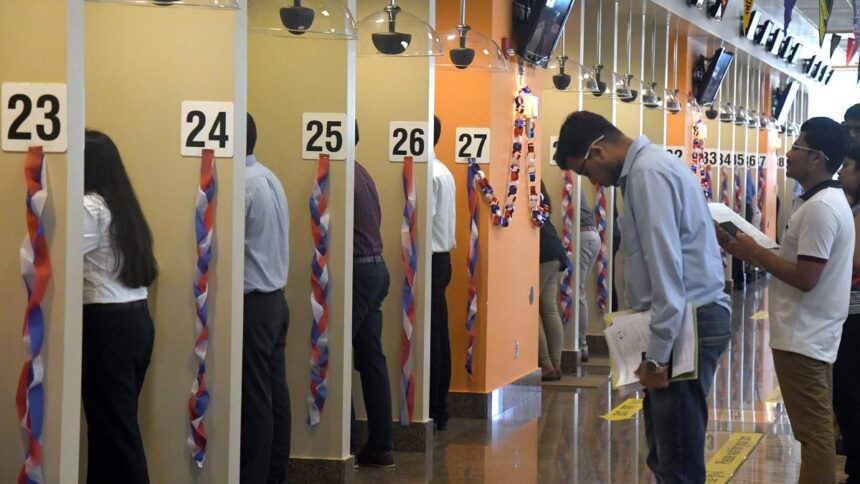Watch | U.S. bombs Iran: What we know about the nuclear sites that were hit
In a major escalation of the Israel-Iran conflict, the United States has launched airstrikes on three key Iranian nuclear and military facilities: Natanz, Fordo, and Isfahan.
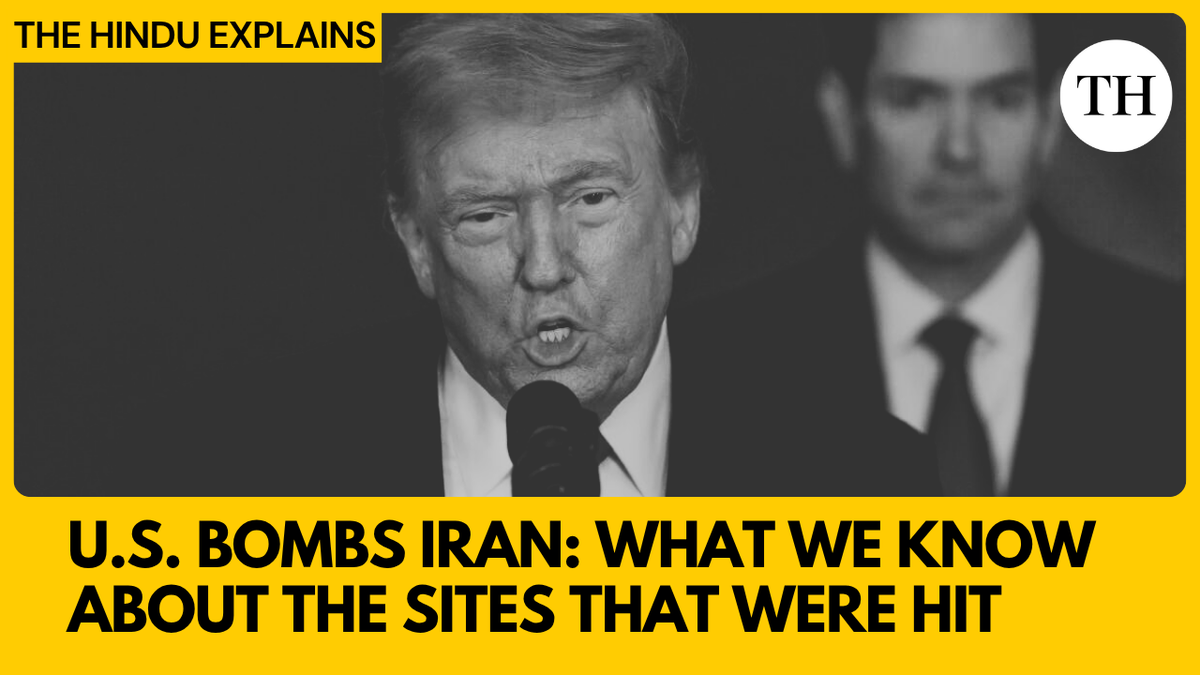
U.S. President Donald Trump, flanked by Vice-President J.D. Vance, Secretary of State Marco Rubio and Defence Secretary Pete Hegseth, confirmed the strikes, calling them “very successful.” Iran’s state news agency also acknowledged the attacks.
Natanz is Iran’s primary uranium enrichment site and the uranium had been enriched to up to 60% purity at this site. Part of the site lies underground, to protect it from airstrikes. The aboveground part of the facility were already destroyed when Israel conducted airstrikes targeting this facility earlier, the International Atomic Energy Agency or the IAEA which is the U.N.’s nuclear watchdog, said.
Next, the U.S. struck Fordo, located deep beneath a mountain southwest of Tehran. It is a heavily fortified facility that hosts centrifuge cascades, but isn’t as big as Natanz. Experts say only advanced U.S. “bunker buster” bombs—like the latest GBU-57 A/B Massive Ordnance Penetrator bomb —can reach such a target, suggesting direct American military involvement was essential.
The third site, Isfahan, houses thousands of nuclear scientists. It is also home to three Chinese research reactors and laboratories associated with the country’s atomic programme. While Israel had previously struck parts of this site, there are no current signs of radiation leaks.
Trump, while calling Iran “the bully of the Middle East”, warned of additional attacks if it didn’t make peace. He warned Iran that there are many targets left. “If peace does not come quickly, we will go after those other targets with precision, speed, and skill. Most of them can be taken out in a matter of minutes,” he said.
Iran’s Foreign Minister Abbas Araghchi warned that the U.S. attacks “will have everlasting consequences” and that Tehran “reserves all options” to retaliate. In a post on X, he wrote, “The events this morning are outrageous and will have everlasting consequences”, adding, “In accordance with the U.N. Charter and its provisions allowing a legitimate response in self-defence, Iran reserves all options to defend its sovereignty, interests and people.”
These strikes follow Israel’s offensive on June 13, which it said was meant to prevent Iran from developing a nuclear bomb. Iran launched a wave of drone and missile strikes into Israeli territory in retaliation. So far, the U.S. had only helped intercept attacks, but this is the first time in the current war that Washington has directly struck Iranian territory. This marks an unprecedented escalation of a war in West Asia, in a region already on the edge.
Published – June 22, 2025 06:42 pm IST








